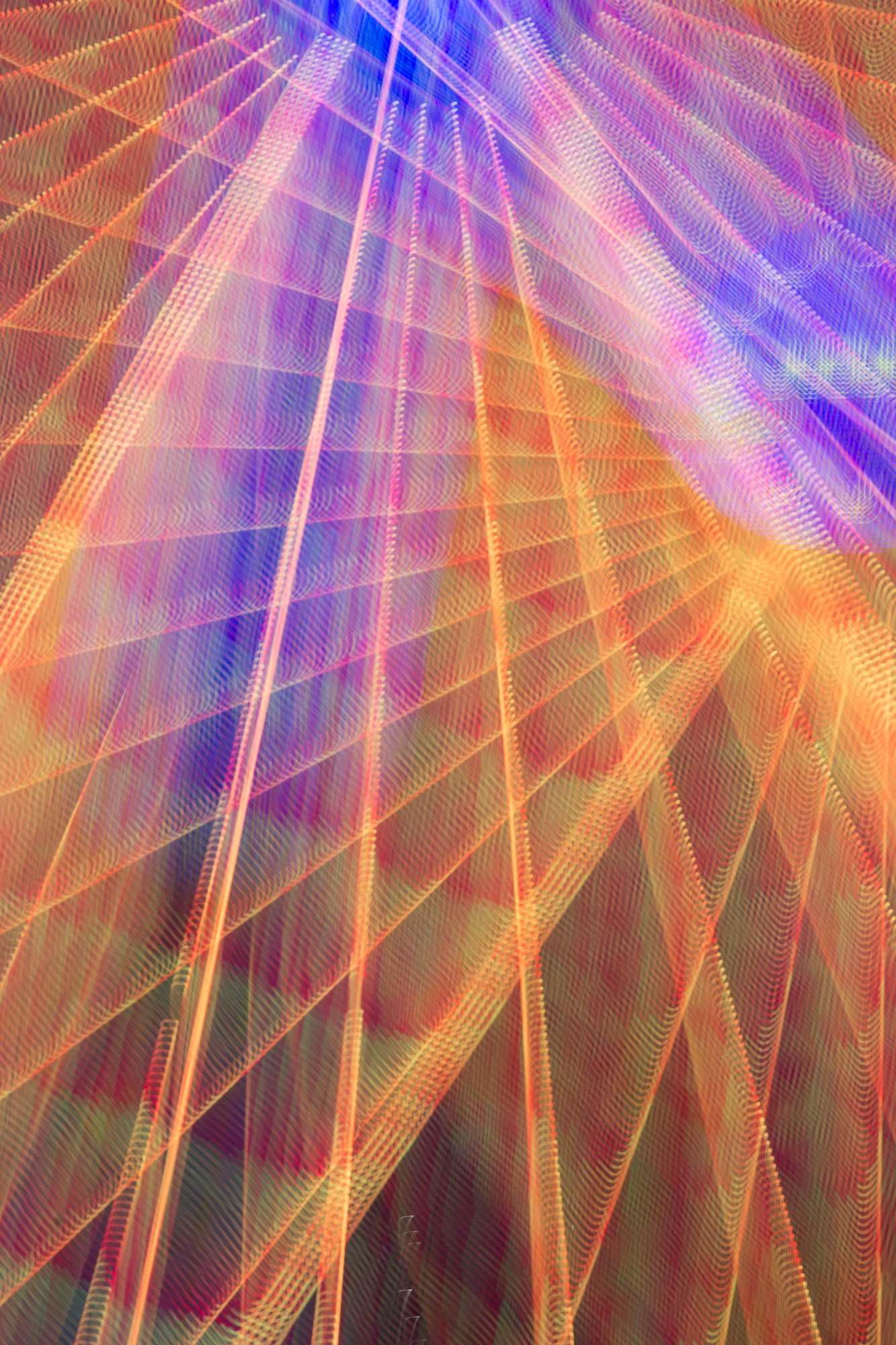Camera-less photography is another avenue to explore. Spending time in the darkroom experimenting with a mixture of ingredients and a variety of processing steps. Lab time photo-experiments. The paper moves between fixer and developer and back into the fixer. Or the other way around. Every result is unique. The possibilities of adding and subtracting are …
Read More “Explorations in Chemigrams (Part One)”
Metal, metal, metal. Voigtländer lenses and cameras are legendary. The Bessa was one of the most popular folder cameras in the 20th century. In the 1960s, the Braunschweig-based company attempted to hold its own against the competition from the Far East. The Bessamatic represents the effort to offer a high-end, sophisticated, expertly machined camera to …
Read More “Favorite Film Cameras: The Voigtländer Bessamatic de Luxe (1964-66)”
Recently, I went on a Classic analog photography walk. It seemed the time for the “Land Rover” of cameras, the vintage Nikomat, yes, the Japanese name, produced between 1965 and 1978. This is a heavy body (FT-N, 67-73) with lots of metal, yet very reliable and durable. Totally mechanic with few malfunctions that could not …
Read More “Nikomat in Santa Monica”
In mid-2023, I was able to travel to Berlin, taking with me the Voigtlander Perkeo II vintage film camera. This is a wonderful and impressive machine. The lens is excellent. Definitely a keeper.
Days get shorter, lights go on. This is a great time to paint with the light, since the backdrop of the canvas is pitch black. So many opportunities: It is like you are given a new toy to explore your own environment. You are discovering a new way of seeing. What is happening in your …
Read More “Favorite Time of the Year”
This lovely folder was made in Freital in Saxony before the Second World War. Still fully functional, and a bit quirky. This copy comes with a Schneider-Kreuznach Xenar f/2.8 lens and speeds up to 1/500 sec. Unusual ergonomics as the camera is in a way upside down. But it does fit nicely into your hand, …
Read More “Favorite Film Cameras: The Welta Weltini”
Agfa is one of the storied companies of film. Most of the time, Agfa produced affordable consumer cameras to promote its extensive line of film. This particular SLR from the early 1980s is relatively rare and was designed by a famous German design company, Schlagheck & Schultes. The body is black, but it sports the …
Read More “Favorite Film Cameras: The Agfa Selectronic 3”
A brief stop in Berlin to survey the landscape and check out the photography stores. I visited fotoimpex, click&surr and, in a neighborhood shop selling laundry machines and other technical gear, managed to snag a perfectly working Kodak Retina IIa from the early 1950s. It was fun bargaining with the owner of the store! Great …
Read More “Classic Berlin”


